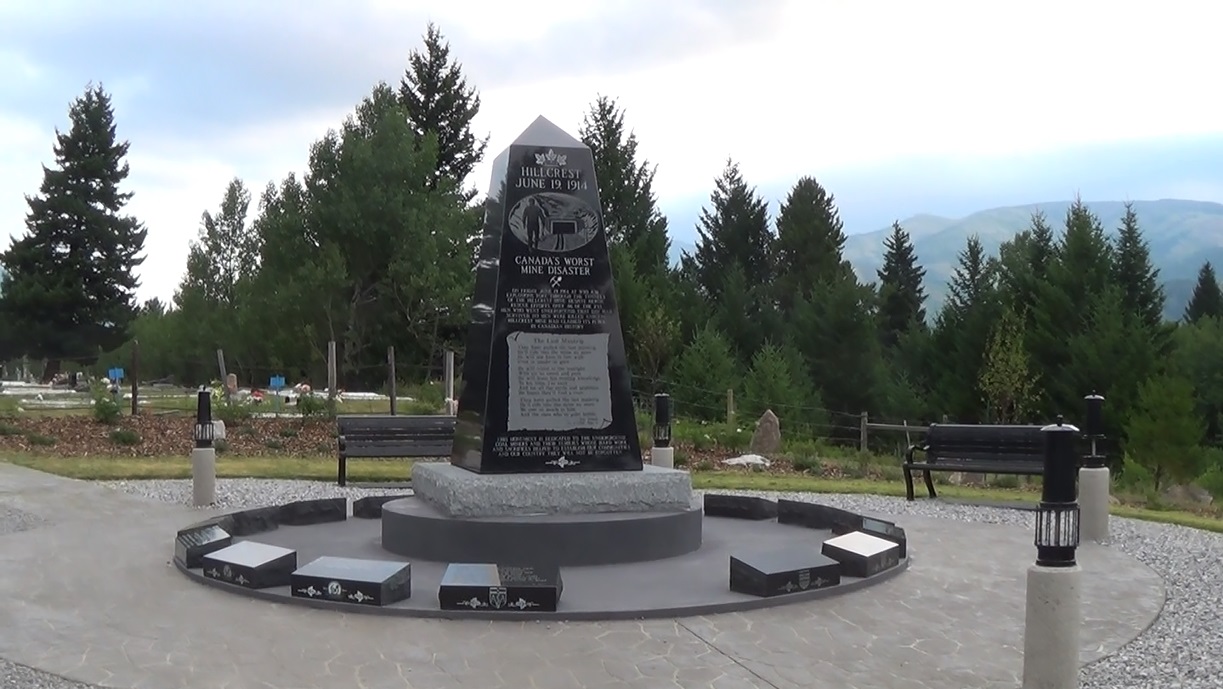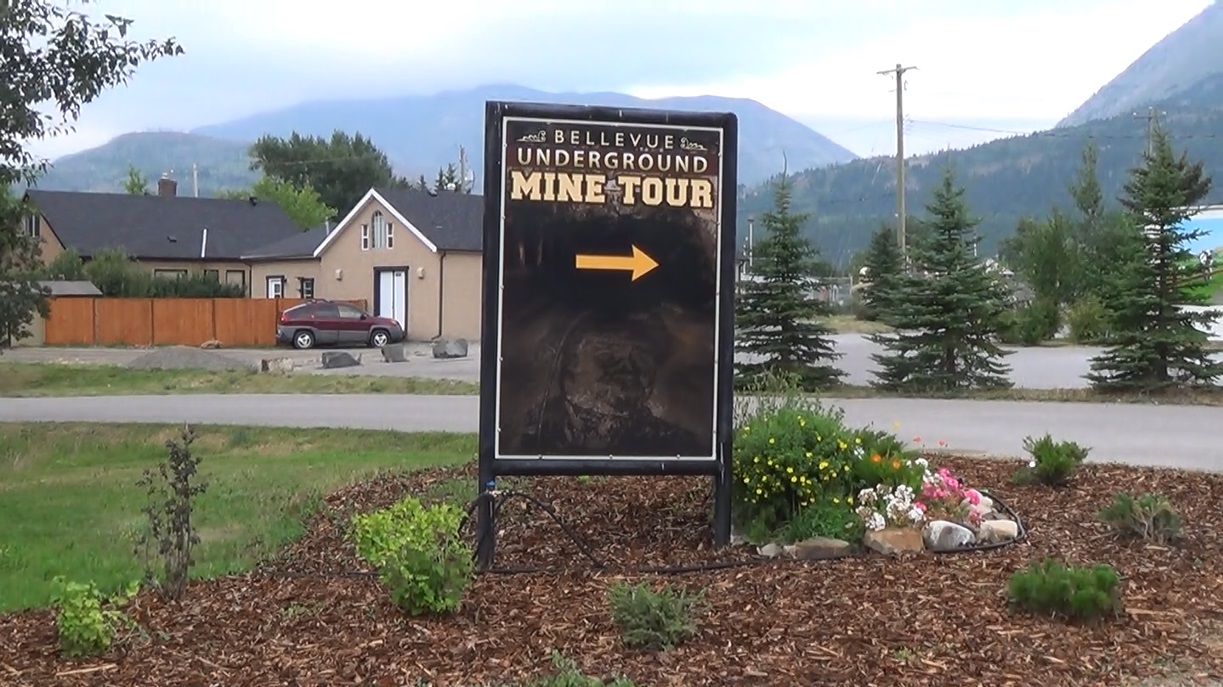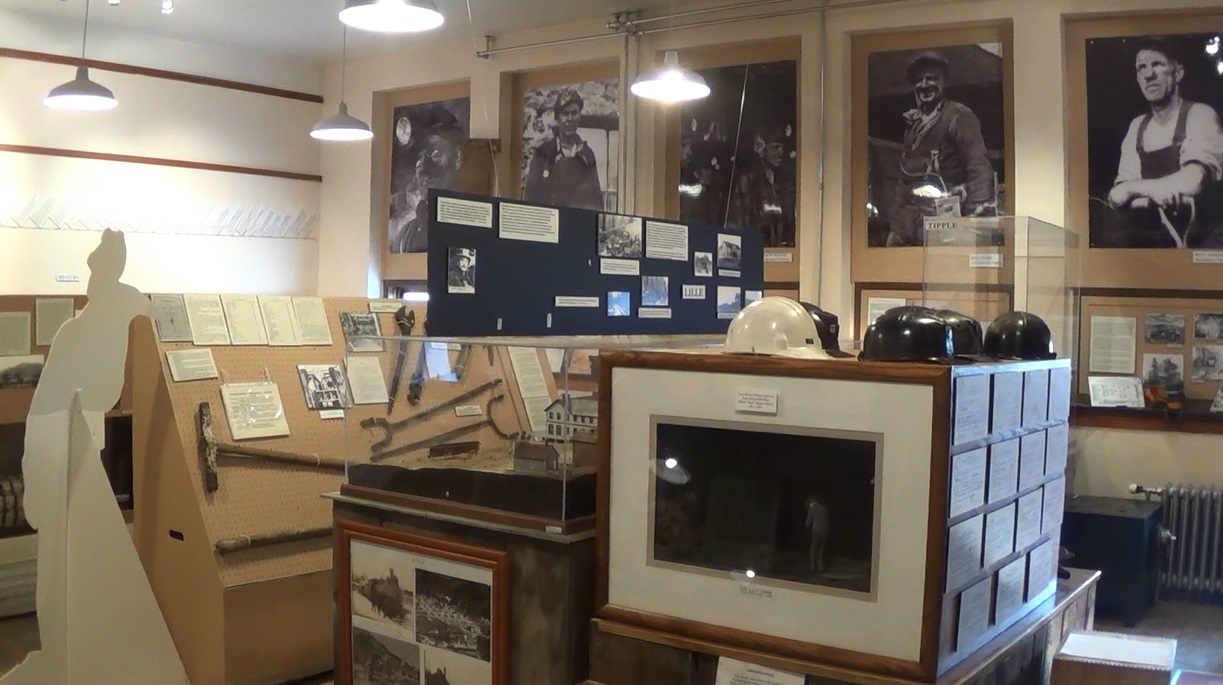The following article was originally published on my personal website in 2014.
Things to Do in the Crowsnest Pass


The Municipality of Crowsnest Pass, Alberta, is an agglomerate of towns and villages- specifically the hamlet of Hillcrest, the village of Bellevue, the village of Frank, the town of Blairmore and the town of Coleman- located at the mouth of the Crowsnest Pass (a high mountain pass in the Albertan-British Columbian Rockies through which the Crowsnest Railway and the Interprovincial #3 Crowsnest Highway run). Rich in history and natural beauty, the Crowsnest Pass is a perfect place to visit for both outdoor recreationalists and history enthusiasts. The following is a list of things to do if you ever find yourself in the Crowsnest Pass.

Crowsnest River
Fishing
The Crowsnest River is famed throughout North America for its abundant trout, and is accordingly a favorite destination for old-fashioned dry-fly anglers. With a fishing season that typically extends from mid-June to late October, the Crownest River is home to rainbow, cutthroat and brown trout, as well as mountain whitefish.
The Hamlet of Hillcrest

Visit the Hillcrest Cemetery
On the right side of the road leading into Hillcrest, an old hamlet located across the highway from Bellevue, is the Hillcrest Cemetery. Fronting the Hillcrest Cemetery is the Hillcrest Mine Disaster Millennium Memorial, a polished granite monolith erected in 2000 to commemorate the victims of the Hillcrest Mine Disaster, the deadliest coal mining disaster in Canadian history.

The Hillcrest Mine Disaster occurred on the morning of June 19, 1914. At about 9:00 am, an errant explosion ripped through the Hillcrest Mine, killing 189 of the 235 miners on morning shift. A number of the victims- most of them European immigrants- were interred in a mass grave in the Hillcrest Cemetery. At the time of the explosion, Hillcrest had a population of about 1000. After the disaster, 130 of Hillcrest’s women were widowed, and about 400 children became fatherless.

The Village of Bellevue

Bellevue Underground Mine Tour
If you ever find yourself in Bellevue with some time to kill, consider touring the Bellevue Underground Mine. Located on Bellevue’s Main Street, the Bellevue Underground Mine is, according to the mine’s official website, “the only authentic historical underground coal mine tour” in Western Canada. It gives visitors the opportunity to go back in time and relive the experience of an early-mid 20th Century underground coal miner heading into the Bellevue Mine tunnels for work.

Leitch Collieries
If you’re into architecture and industrial history, you might want to stop by the Leitch Colleries, located on the #3 Crownest Highway about 3.5 km east of Bellevue. Open year round (providing the parking lot isn’t buried in snow), this unstaffed Alberta Provincial Historic Site is a relic of the early-mid 20th Century coal industry.
A ‘colliery’ is a coal processing plant where raw, freshly-mined coal is cleaned and graded- and, in some cases, carefully superheated to create coke, a fuel used to smelt iron ore- before being loaded into railway cars. The Leitch Collieries operated in conjunction with its titular mine from 1906-1915 until the decreasing demand for coal, coupled with labour unrest, put the mine out of business. Today, the skeletons of the Leitch Colleries- sturdy, roofless brick and stone structures- are all that remain of the once-thriving Leitch Mine.
The Village of Frank

Crowsnest Pass Art Gallery and Gift Shop
For you dilettantes, the Crowsnest Pass Art Gallery and Gift Shop, located of the #3 Crowsnest Highway in Frank, showcases the works of local artists and offers a variety of adult workshops.
The Town of Blairmore

Frank Slide Interpretive Centre
Perhaps the most lauded attraction in the Crowsnest Pass is the Frank Slide Interpretive Centre. This Alberta Provincial Historic Resource, located off the #3 Crowsnest Highway, tells the story of the infamous Frank Slide of 1903, in which 82 million tons of limestone broke from the summit of Turtle Mountain to obliterate the Frank Mine and the easternmost part of Frank, as well as the history of coal mining in the Crowsnest Pass, through a number of interactive exhibits. Located at the top of the Frank Slide rubble with an excellent view of Turtle Mountain, the Frank Slide Interpretive Centre is also the trailhead of two hikes: a simple 1.5 loop that winds through the Frank Slide rubble, and a demanding 3.1 km trail that leads to the summit of Turtle Mountain.

Ski or Snowboard at the Pass Powderkeg
If you’re a powder hound and happen to be visiting the Crowsnest Pass in the winter, consider spending the afternoon at Blairmore’s ski hill, the Pass Powderkeg. Located in the heart of the Crowsnet Pass, the Pass Powderkeg boasts 7 green runs, 7 blue runs and 4 black diamond runs and offers ski lessons, ski and snowboard rentals and night skiing.


The Town of Coleman

Crowsnest Museum

Located in the heart of the Coleman National Historic Site- a rough industrial neighborhood comprised of antiquated brick buildings reminiscent of the early-mid 20th Century mining town that was early Coleman- inside what was evidently once “Coleman High School” is the Crowsnest Museum. This dusty old historical depository- which, with its creaking softwood floor and 1980’s-style ceiling lamps, could almost be considered a museum in and of itself- showcases a plethora of artifacts and accompanying descriptions that tell the story of the coal mining industry and culture that once dominated the Crowsnest Pass. In addition to its indoor and outdoor exhibits, the Crowsnest Museum also houses the Crowsnest Pass’ historical archives.





Heritage Routes and Trails
Heritage Driving Route
The Heritage Driving Route is a self-guided driving tour through the historic areas of Hillcrest, Bellevue, Frank, Blairmore and Coleman. It is marked by distinctive blue signs with arrows that point the way, and punctuated by four-panelled, roofed informational kiosks that describe the historic significance of the respective areas on which they are located.

Heritage Hiking Trails
In addition to the Heritage Driving Route, there is no shortage of hiking trails in the Crowsnest Pass. These trails include the:
- Frank Slide Trail, an easy 1.5 km loop that begins at the Frank Slide Interpretive Centre and winds through the Frank Slide itself.
- Frank Slide North Rim Trail, a one-way 3km trail that begins at the Frank Slide Interpretive Centre parking lot, roughly follows the route of the wagon road that connected Frank and Bellevue after the Frank Slide of 1903, and ends at Bellevue’s Fireman’s Park.
- Lille Mines and Townsite Trail, a 6.3 km hike of moderate difficulty which follows the wagon road that once connected Frank to Lille, a mining town that was abandoned in 1912. The trailhead is located a short distance off the Frank Slide Interpretive Centre access road.
- Turtle Mountain North Peak Trail, a very difficult one-way 3.1 km climb that begins in Blairmore and follows the north ridge of Turtle Mountain (the mountain which’s east face broke away in the Frank Slide of 1903) to its peak.
- Miner’s Path, an easy 1 km path that begins at Coleman’s Flumerfelt Park. At about 400 metres, the path branches, with one branch following the Nez Perce Creek to Rainbow Falls, and the other following the old miners’ route to the McGillivray Mine.
- North York Creek Plane Crash Trail, a 6.2 km hike of moderate difficulty that leads to the remains of a Royal Canadian Air Force plane that crashed in 1946, killing all seven on board. The trailhead begins near the York Creek Bridge on York Creek Road south of Coleman.
- Phillipps Pass Trail, a 3.2 km trail that follows the Phillipps Pass, the mountain pass used by Kootenai Brown, Colonel Sam Steele and the North West Mounted Police during the 1888 incident at Galbraith’s Ferry (the town that would become Fort Steele) and by rum-runners during Alberta’s prohibition years (1916-1924).
- Livingstone Range Chert Quarries Trail, a difficult one-way 2.3 km trail that begins a distance off the Frank Slide Interpretive Centre access road and leads to the chert quarries once mined by the ancient Pelican Lake Indians and their Neolithic predecessors.
Sources
- http://www.crowsnestheritage.ca/
- http://www.bellevueundergroundmine.org/
- http://www.passpowderkeg.com/

Leave a Reply